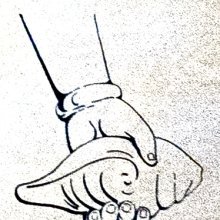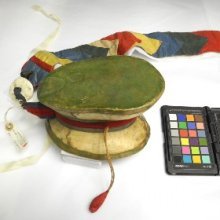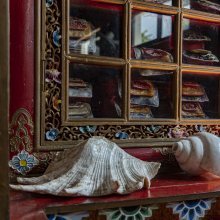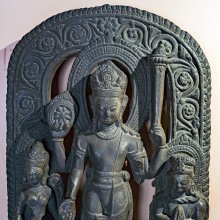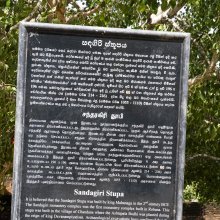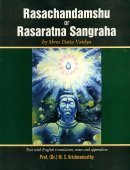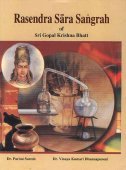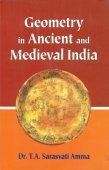Conch-shell: 2 definitions
Introduction:
Conch-shell means something in Hinduism, Sanskrit, the history of ancient India. If you want to know the exact meaning, history, etymology or English translation of this term then check out the descriptions on this page. Add your comment or reference to a book if you want to contribute to this summary article.
Images (photo gallery)
In Hinduism
Natyashastra (theatrics and dramaturgy)
Source: Shodhganga: Elements of Art and Architecture in the Trtiyakhanda of the Visnudharmottarapurana (natya)Filling the Conch-shell is associated with Karkaṭahasta: one of the thirteen Combined-hand Gestures (in Indian Dramas) (known as saṃyuktahastas), according to the Viṣṇudharmottarapurāṇa, an ancient Sanskrit text which (being encyclopedic in nature) deals with a variety of cultural topics such as arts, architecture, music, grammar and astronomy.—According to the Śabdakalpadruma, karkaṭa means kulira i.e., crab. In karkaṭahasta, fingers are passed between the fingers of both hands together and it makes the shape of a crab. This posture is used while yawning. According to Abhinayadarpaṇa, this karkaṭa-hasta is used to denote coming of a crowd, showing the stomach, filling the conch-shell, twisting limbs, pulling branch etc.

Natyashastra (नाट्यशास्त्र, nāṭyaśāstra) refers to both the ancient Indian tradition (shastra) of performing arts, (natya—theatrics, drama, dance, music), as well as the name of a Sanskrit work dealing with these subjects. It also teaches the rules for composing Dramatic plays (nataka), construction and performance of Theater, and Poetic works (kavya).
India history and geography
Source: Singhi Jain Series: Ratnaprabha-suri’s Kuvalayamala-katha (history)Conch-shells were commonly traded with foreign merchants in ancient India, according to Uddyotanasūri in his 8th-century Kuvalayamālā (a Prakrit Campū, similar to Kāvya poetry).—The Kuvalayamala (779 A.D.) is full of cultural material which gains in value because of the firm date of its composition. [...] At Sūrpāraka there was a guild of local merchants. It was their custom to hold a reception in honour of merchants from outside and to learn from them the country of their origin, the destination, field of trade, the nature, value and volume of commodity in which he is interested and all such matters relating to his business. [...] One said: “I went to Dvārāvatī and brought conch-
shells from there”. [...]

The history of India traces the identification of countries, villages, towns and other regions of India, as well as mythology, zoology, royal dynasties, rulers, tribes, local festivities and traditions and regional languages. Ancient India enjoyed religious freedom and encourages the path of Dharma, a concept common to Buddhism, Hinduism, and Jainism.
See also (Relevant definitions)
Partial matches: Conch.
Query error!
Full-text (+350): Shankha, Shankhaka, Varija, Shankhika, Pavanadhvani, Bahunada, Mahashankha, Dirghanada, Sambuka, Manipushpaka, Shodashavarta, Dakshinavarta, Revata, Kambu, Paundra, Shodashavartta, Anantavijaya, Mukhara, Sashankha, Sindhupushpa.
Relevant text
Search found 169 books and stories containing Conch-shell, Conch-shells; (plurals include: shells, shellses). You can also click to the full overview containing English textual excerpts. Below are direct links for the most relevant articles:
Devi Bhagavata Purana (by Swami Vijñanananda)
Chapter 23 - On the killing of Śaṅkhacūḍa < [Book 9]
Chapter 41 - On the churning of the ocean and on the appearing of Lakṣmī < [Book 9]
Chapter 3 - On the description of the Kavaca of Śrī Gāyatrī Devī < [Book 12]
Brihat Jataka by Varahamihira [Sanskrit/English] (by Michael D Neely)
Verse 27.34 < [Chapter 28 - Conclusion]
Garuda Purana (by Manmatha Nath Dutt)
Chapter CCIV - Various other medicinal Recipes (continued) < [Dhanvantari Samhita]
Chapter LXIX - Tests of Pearls < [Agastya Samhita]
Chapter XLV - Characteristic marks of Shalagrama Stones (Shaligram) < [Agastya Samhita]
Manusmriti with the Commentary of Medhatithi (by Ganganatha Jha)
Verse 5.111 < [Section XIII - Purification of Substances]
Verse 5.110 < [Section XIII - Purification of Substances]
Verse 5.120 < [Section XIII - Purification of Substances]
Minerals and Metals in Sanskrit literature (by Sulekha Biswas)
4.13. Description of Pearl (Mukta) < [Chapter 7 - A millennium of Ratnashastra (gemmology) literature in India]
9. Mani in the Vedic Literature < [Chapter 3 - Minerals and Metals in the Vedic literature after Rigveda]
2. Mines and Metals in the Society < [Chapter 5 - Minerals and Metals in Kautiliya Arthashastra]
Harivamsha Purana (by Manmatha Nath Dutt)
Chapter 100 - Krishna’s Entrance Into Dvaraka and Reception < [Book 2 - Vishnu Parva]
Chapter 123 - Krishna Goes to Sonitpura < [Book 2 - Vishnu Parva]
Chapter 31 - The Creation of Mountains and Rivers < [Book 3 - Bhavishya Parva]
Related products
